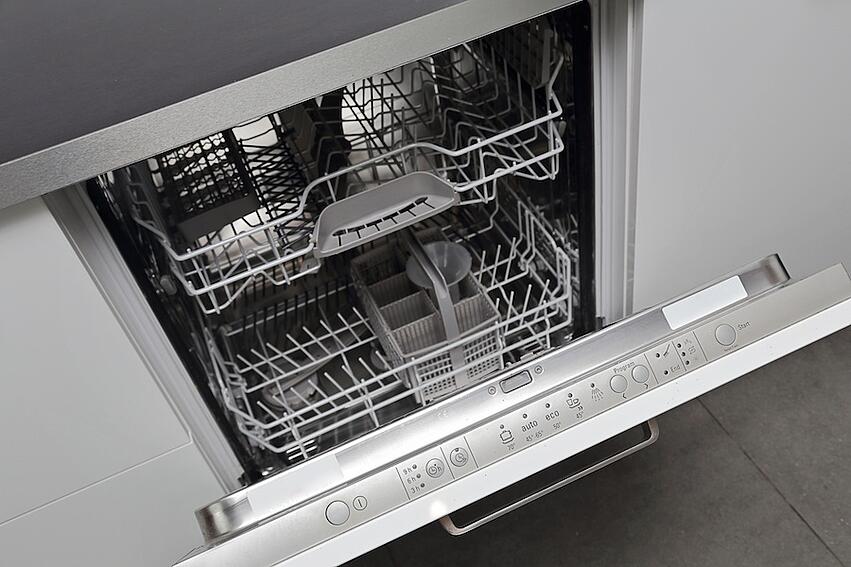 CALL US NOW 1300 232 491
CALL US NOW 1300 232 491Is your dishwasher not draining well? This might be because of blockages and clogs in the passage.
Having said that, this could become a serious concern so it needs to be tackled at once to prevent further complications. Also, the dishes will not be adequately washed if the pipes are clogged with food debris. This could lead to contamination and bacterial growth because of residues, and that may affect your health.

Moving on, we know that most homeowners are not very well-versed with the cleaning process; hence, we have curated this guide. The entire process has been broken down into steps to make it easier to understand.
So, let’s dive right in!
To fix problems related to a blocked dishwasher, you can always call professional services to take care of it. But before you do so, try your hand at fixing it at home. We have written down a few steps and guidelines that can help you deal with blockages and clear them out. Read on to know more.
Before you begin with the process, gather all the supplies that are required. Most of them will already be available at home; if not, you will have to visit a local hardware shop.
You will need a wire coat hanger, screwdriver, pliers, flashlight, pan, garden hose, and a clean cloth. In case you do not have a proper pan, replace it with a utensil or a cookware.
After collecting all the supplies, disconnect the dishwasher from the power source. Now this would usually be your wall outlet. But in case it is connected to your home’s electrical supply directly, then you might have to remove a fuse in order to break the circuit. And to confirm that it’s disconnected, try to switch on the gadget after having unplugged it.
Next, you will have to open the kickplate to unfasten it; for this, you will require a screwdriver. Take out all the screws carefully and keep them in a plastic bag to ensure that you do not lose it.
Now different brands provide varying kinds of fasteners, but they should not be difficult to remove. However, you may also check out videos on youtube if you are unsure of the process.
A drain hose is generally connected to the sinkhole behind the kickplate. Look for it below the lower spray bar, and you will find it running between the drain and pump. This is usually made of thick corrugated and flexible plastic and is located next to the recirculation hose. Ensure that you get hold of the right one before moving on.
Finally, it is time to detect any issues with the hose itself. See if the plastic has become brittle or is cracking in places. You will need to replace the hose in case there are signs of deterioration or damage.
Contact a local hardware shop for a replacement hose and get it changed if necessary. Also, look inside the pipe for any obstacle. There can be shards of glass or sharp pieces stuck to the pipe which might be causing blockages.
While you are working with the hose, it is essential to have a drip pan below to collect wastewater. The shallow pan can also be replaced by pans, dishes or paint trays. Furthermore, keep a dry rag with you as you might be dealing with wastewater.
Use your flashlight here to see the portion of your drain hose that connects to the pump. You will see a wire clamp that needs to be loosened with the help of pliers. Once this is done, you can take out the pipe.
Now you can take the hose and keep bending it in all directions. This will loosen any blockage that is present inside and might also remove light clogs. Keep the drip pan below to catch anything that falls out.
Once all blocks and clogs are loosened, use a garden hose and direct the stream of water into the pipe. The water pressure should help you clean the entire hose properly. Now straighten the wire clothes hanger and use it to check for any remaining blockages after which you’ll need to flush again.
Moving on, repeat the same for the recirculation hose located next to a drain pipe.
If any part needs to be replaced, do it before you reassemble the rest and put them back in position. Use proper pressure while putting the hoses back and pinch the clamps enough so that they are tight.
Once this is done, switch on the power supply and see if there is any form of leakage. If there is, turn off the system immediately and check another time to refasten any part that may leak. In case you are unable to handle this on your own, call a professional plumbing service for help.
If you have replaced both hoses but the issues with drainage remain, then there might be a problem with the drain itself. In that case, it is best to consult professionals to unclog the drain.
Also, remember to buy thick hose pipes which will be resistant to corrosion and damage. While replacing, ask the hardware store for their best pipes. They might be slightly expensive, but will surely last for a longer time.
On this note, we will now conclude our comprehensive guide on draining a blocked dishwasher. You should be able to have spotless cutlery and a clean kitchen once this issue is fixed.
Let us know about your experience in the comment section below. Take care!